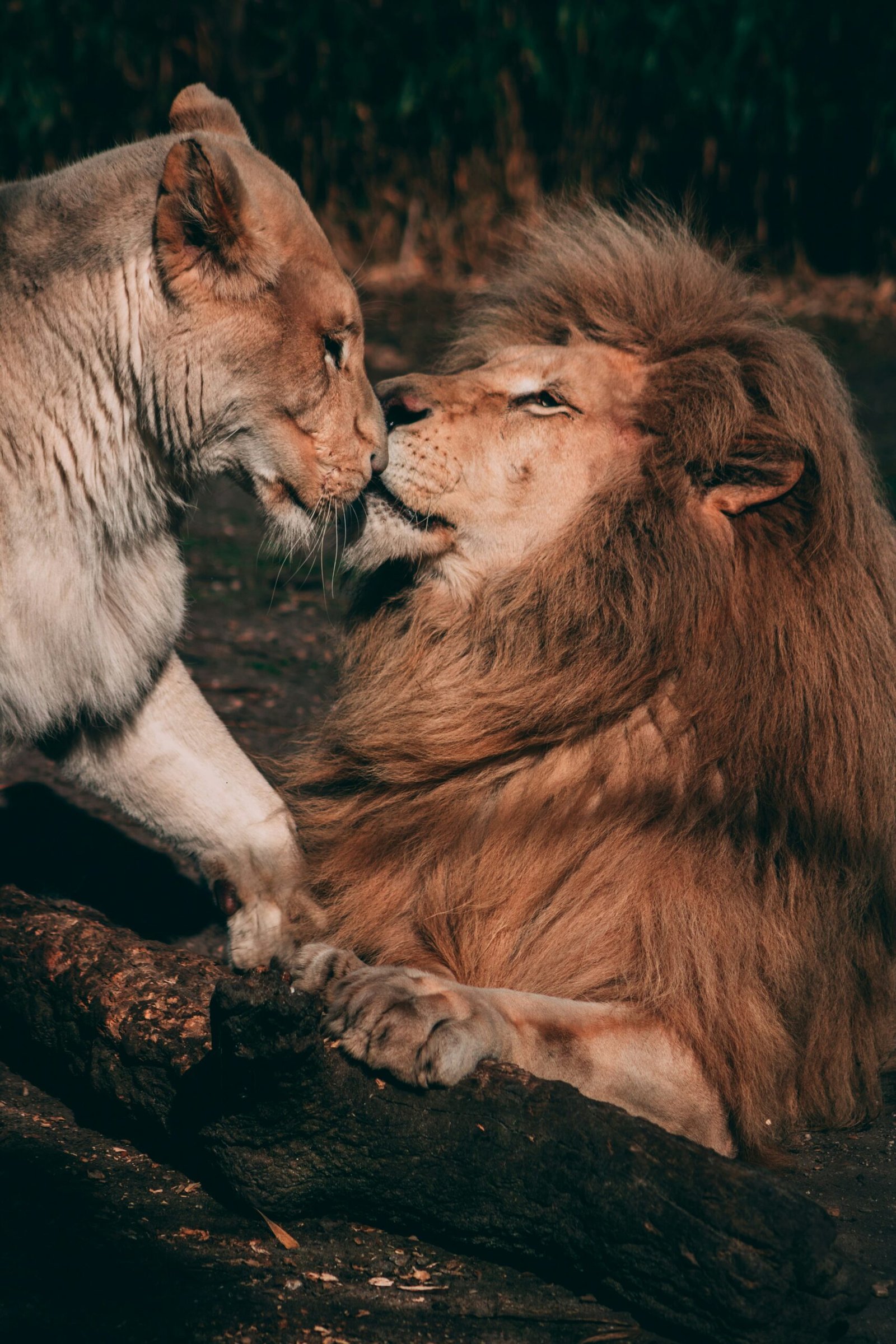Lions, also known as the “King of the Jungle,” are majestic creatures that captivate our imagination. These powerful felines are found in various parts of Africa and are known for their distinctive manes and fierce hunting skills.
One of the most interesting aspects of a lion’s life is their social structure. They live in prides, which are family units consisting of multiple females, their cubs, and a few adult males. The lionesses are the primary hunters, working together to bring down large prey such as zebras or wildebeests. The male lions, on the other hand, protect the pride’s territory and offspring from potential threats.
Another fascinating aspect of a lion’s life is their territorial behavior. Male lions mark their territory by roaring, leaving scent markings, and patrolling the boundaries. This helps them establish dominance and prevent other males from encroaching on their territory. In some cases, when a new male takes over a pride, he may kill the cubs of the previous dominant male to ensure his own bloodline.
Lions have a unique breeding behavior as well. During mating season, lionesses will come into estrus simultaneously, resulting in a brief period of intense mating activity within the pride. After a gestation period of around 110 days, the lioness gives birth to a litter of one to six cubs. These cubs are raised collectively by the pride, with all lionesses taking turns nursing and caring for them.
As the cubs grow, they learn essential skills from their mothers and other pride members. Playful behavior helps them develop their hunting techniques and social bonds within the pride. Around the age of two, young male lions are typically forced to leave the pride to find their own territory and establish their dominance.
In conclusion, lions lead fascinating lives with complex social structures, territorial behavior, and unique breeding patterns. Their strength, beauty, and regal presence make them one of the most iconic animals in the world.
